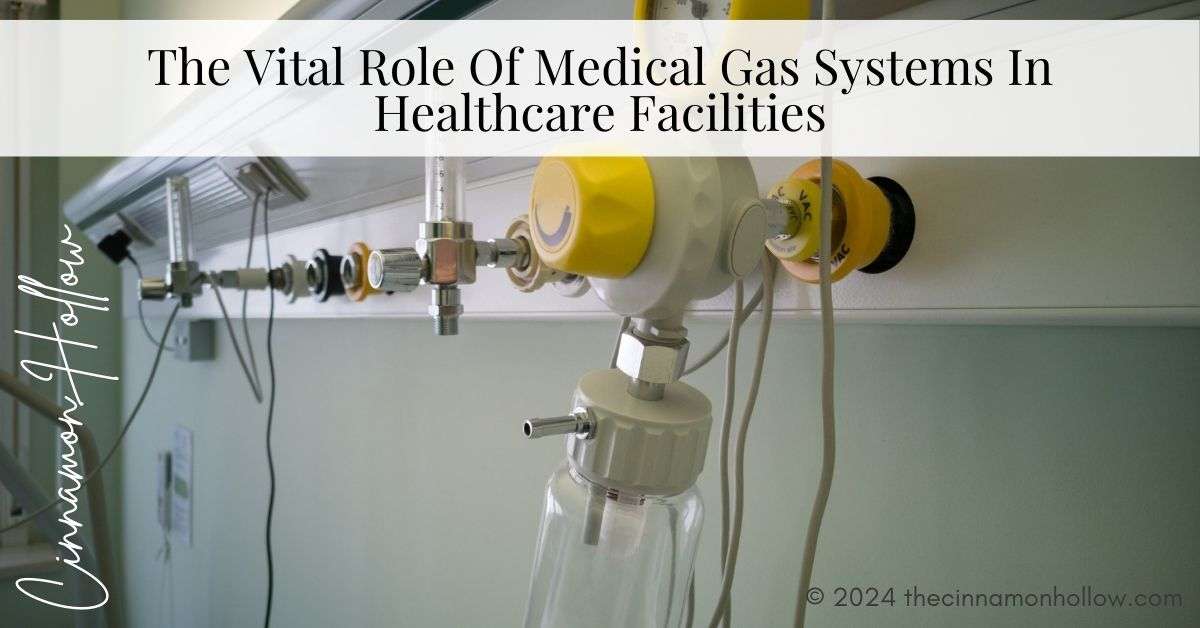Introduction To Medical Gas Systems
In the modern healthcare landscape, the availability and reliability of medical gases are nothing short of critical. Medical gas systems ensure that life-sustaining gases such as oxygen, nitrous oxide, nitrogen, and medical air are consistently delivered to where they are needed most. These systems are designed to support emergency and operating rooms and various diagnostic and therapeutic procedures across a healthcare facility. The complexity of these systems and their integral role means that their installation and upkeep must be handled by experts, like a skilled medical gas plumber, who understand the nuances of gas flow dynamics and safety standards specific to medical applications.
As healthcare continues to evolve, the demands placed on medical gas systems grow increasingly intricate. They’re crucial not only for patient survival in critical situations but also for routine care and the smooth running of medical equipment that diagnoses and treats conditions non-invasively. These systems stand as a backbone of patient safety and hospital functionality, emphasizing the importance of meticulous design, regular maintenance, and continuous improvements to meet the dynamic needs of healthcare facilities.
Essential Components Of Medical Gas Systems
A well-functioning medical gas system hinges on several core components, each pivotal in ensuring the system’s overall reliability and safety. Firstly, the pipelines form the circulatory network, distributing gases from a central source to various endpoints within the hospital. These networks must be designed to handle specific pressures and volumes unique to each gas type, ensuring no compromise on flow or quality.
Another critical component is the alarm system, an early warning mechanism that alerts facility managers to deviations such as leaks or unexpected pressure changes. These alarms are crucial in preempting potential hazards that could jeopardize patient safety. Gas outlets and valves also act as connection points and control mechanisms, facilitating the regulated flow of gases to patient care areas. Their design and positioning are optimized for efficiency and safety, allowing quick access during critical procedures.
Safety Standards And Regulatory Compliance
Adherence to rigorous safety standards and regulatory compliance is a cornerstone of medical gas system operation. Globally recognized bodies like the National Fire Protection Association (NFPA) and the Canadian Standards Association (CSA) establish standards that dictate the safe installation and operation of medical gas systems. Compliance with these standards is not merely a legal obligation but a commitment to safeguarding patient and staff welfare.
Staying aligned with these standards involves understanding comprehensive regulations surrounding the handling and distribution of gases and ensuring that installation and routine checks meet established benchmarks. Institutions that promptly adapt to healthcare safety standards benefit from increased credibility, reduced incident risk, and enhanced trust from those who rely on their care services.
Installation And Maintenance Best Practices
The successful implementation of a medical gas system starts with precision in installation. Attention to detail can mean seamless operation and potential system failure. Installations must consider factors such as future expansion needs, accessibility for maintenance, and minimization of points where contamination could occur.
It is essential to maintain system integrity over time after installation. Scheduled maintenance routines encompass comprehensive checks, from pressure testing to detailed inspections of fittings and connections. These activities aim to catch any wear-and-tear or gas leaks before they escalate into more significant problems. By fostering a proactive maintenance culture, facilities ensure that their gas systems remain reliable and compliant with industry standards.
Challenges Faced In Medical Gas Systems
Despite their design sophistication, medical gas systems face significant challenges that can affect their performance and reliability. One of the primary challenges includes system leaks, which represent efficiency losses and pose safety hazards that can compromise patient care quality.
Moreover, pressure drops pose another significant concern, as they can impact the delivery of gases critical for life-support and other medical functions. Aging infrastructure is often a culprit behind such issues, suggesting the need for timely upgrades and modernization efforts to maintain system robustness and facility efficiency.
Innovations In Medical Gas Technology
As technology advances, so too does the evolution of medical gas systems. Innovations like intelligent monitoring systems leverage real-time data to give facility managers insights into system performance and gas usage patterns. These technological leap forwards are invaluable for optimizing resource allocation and reducing wastage.
Beyond monitoring, automation within medical gas systems paves the way for predictive maintenance—using data to anticipate potential system faults before they occur. This proactive management style protects against unexpected downtime and enhances patient safety and operational efficiency.
We are not doctors and this is in no way intended to be used as medical advice and we cannot be held responsible for your results. As with any product, service or supplement, use at your own risk. Always do your own research before using.







